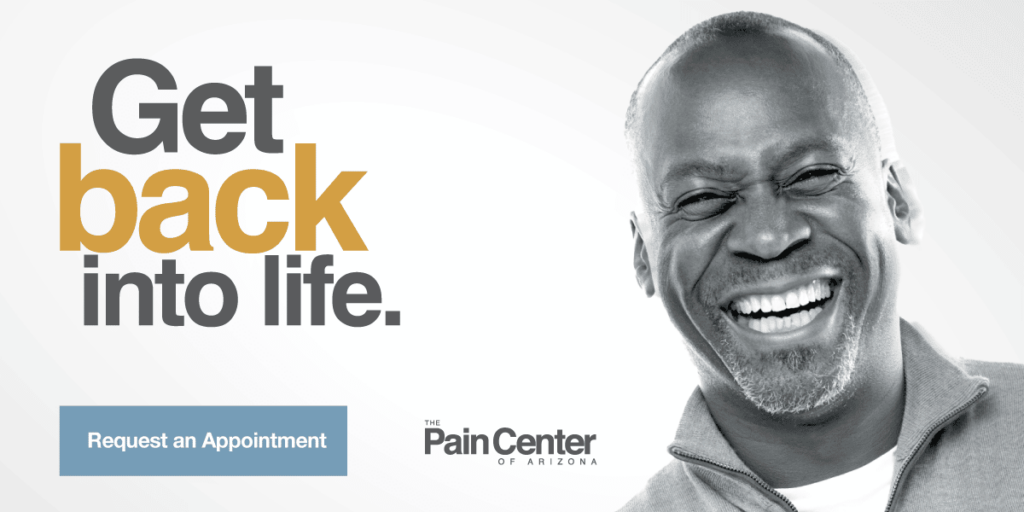Navigating Your Lumbar Microdiscectomy Journey
The lumbar microdiscectomy uses minimally invasive techniques to remove herniated discs from the spine that contribute to nerve compression. For many people, nerve compression causes significant chronic pain. It can also lead to muscle weakness, tingling, and numbing.
In this blog, we’ll look further at the following:
- Preparing for lumbar microdiscectomy
- The day of your lumbar microdiscectomy
- The lumbar microdiscectomy process
- Immediately after lumbar microdiscectomy
- The recovery process at home
- Long-term outcomes and expectations
Preparing for Lumbar Microdiscectomy
Before your surgery, it’s important to follow your spine surgeon’s instructions on preparations. This makes sure your safety and the effectiveness of the spine surgery are prioritized.
Adjust Medications
Follow your doctor’s guidance on stopping specific medications before, during, and after your procedure to minimize risks.
Quit Smoking
Stop smoking or using tobacco products, as these can hinder bone growth and decrease the success of your lumbar laminectomy.
Fast Before Surgery
Adhere to your doctor’s instructions on abstaining from food and drink the night before surgery to reduce the risk of complications.
Get a Ride
Arrange for transportation home on the day of your procedure, as you’ll still be recovering from anesthesia.
Consultation and Pre-Surgical Assessments
A pre-surgical assessment considers your medical history and lifestyle in the likelihood of surgical success. Factors like long-term smoking or diabetes can significantly alter the effectiveness of the surgery. If your doctor believes the risks outweigh the benefits, they can discuss alternative options.
The Day of Your Lumbar Microdiscectomy
Anesthesia and Initial Procedure Steps
Before the lumbar microdiscectomy surgery begins, you’ll be given a local anesthetic to make the entire process pain-free.
The Lumbar Microdiscectomy Process
During the procedure, your surgeon will create a small incision in your lower back (about the size of a nickel/2 cm). Using surgical tools, they will remove the herniation or ruptured disc to release the pressure on the spinal nerves. The incision site is closed up, and you’ll be moved to the next step.
Immediately After Lumbar Microdiscectomy
Initial Recovery and Hospital Discharge
When you first wake up, you’ll feel groggy as you slowly come off the anesthesia. You may feel some soreness at the incision site as well. The majority of patients get to leave the same day of the procedure, although some may be asked to stay an additional day or two.
The Recovery Process at Home
Physical Therapy and Rehabilitation
Your doctor will provide you with detailed instructions to navigate your at-home recovery. Make sure to stay on top of your recovery regimen. Practices post-surgery include recommended stretches and exercises, taking part in physical therapy, going to check-ups, and taking your pain medicine as prescribed.
Long-Term Outcomes and Expectations
Lumbar discectomy aims to eliminate the side effects of nerve compression in the lower back. When successful, you’ll get to return to life as it was before chronic back and leg pain and do the things that disc degeneration has halted you from doing.
Potential Complications and How to Address Them
Your doctor is here to make sure your recovery time goes smoothly. You need to be vigilant of your concerns so they can address them. Mild to moderate pain can be brought up at your next appointment, but if you’re experiencing any of the following, make sure to contact your doctor immediately:
Call Your Doctor If You Have…
- Bleeding, swelling, drainage at the incision site
- Significant pain that doesn’t respond to medication
- Bladder/bowel problems
- Difficulty breathing
- Intense throbbing or cramping in the leg or arm
- Sharp chest pain




